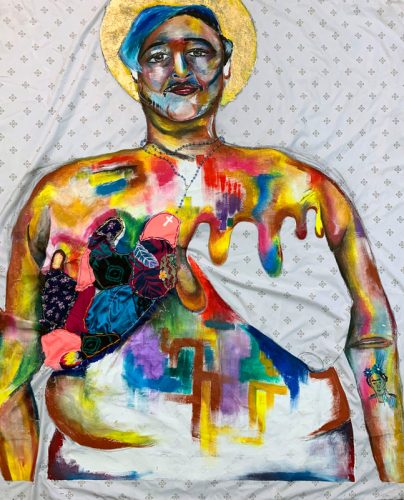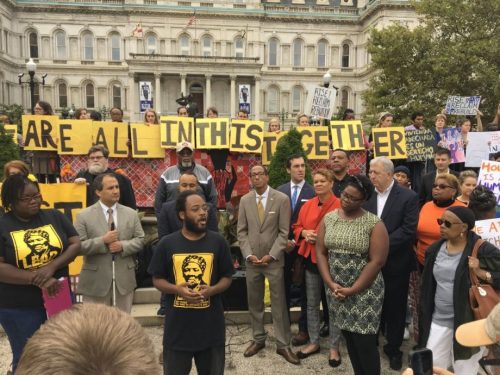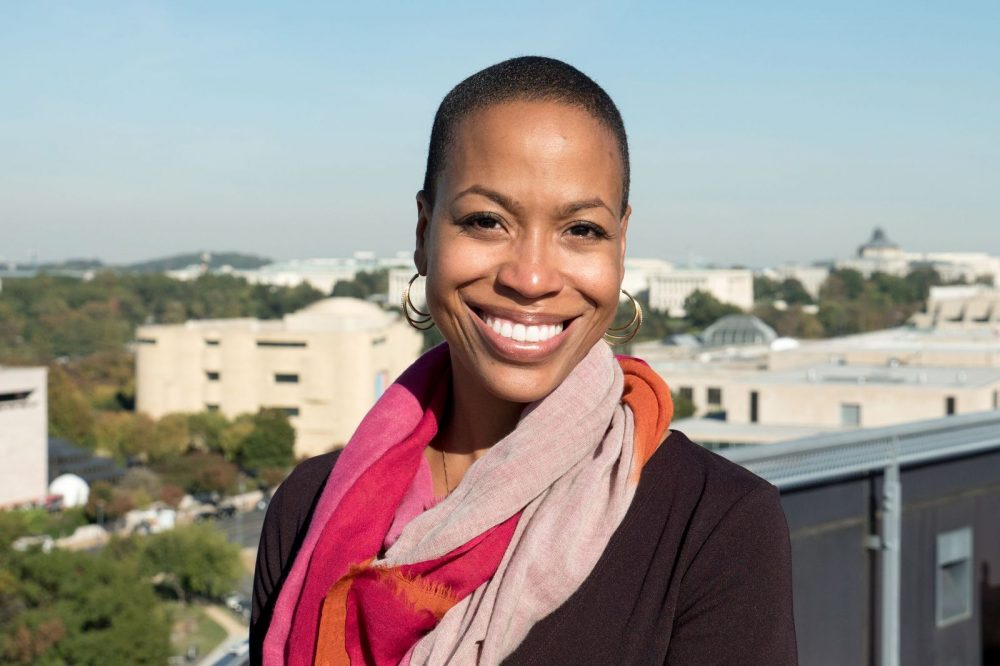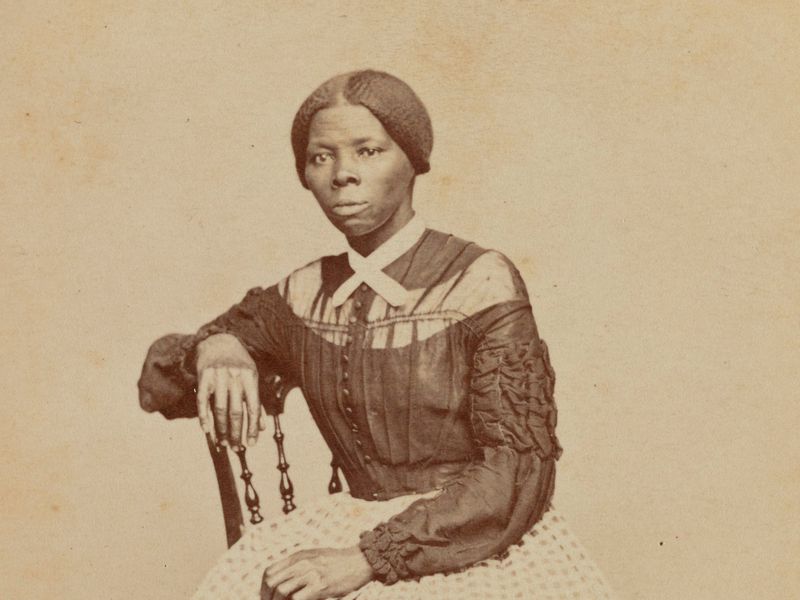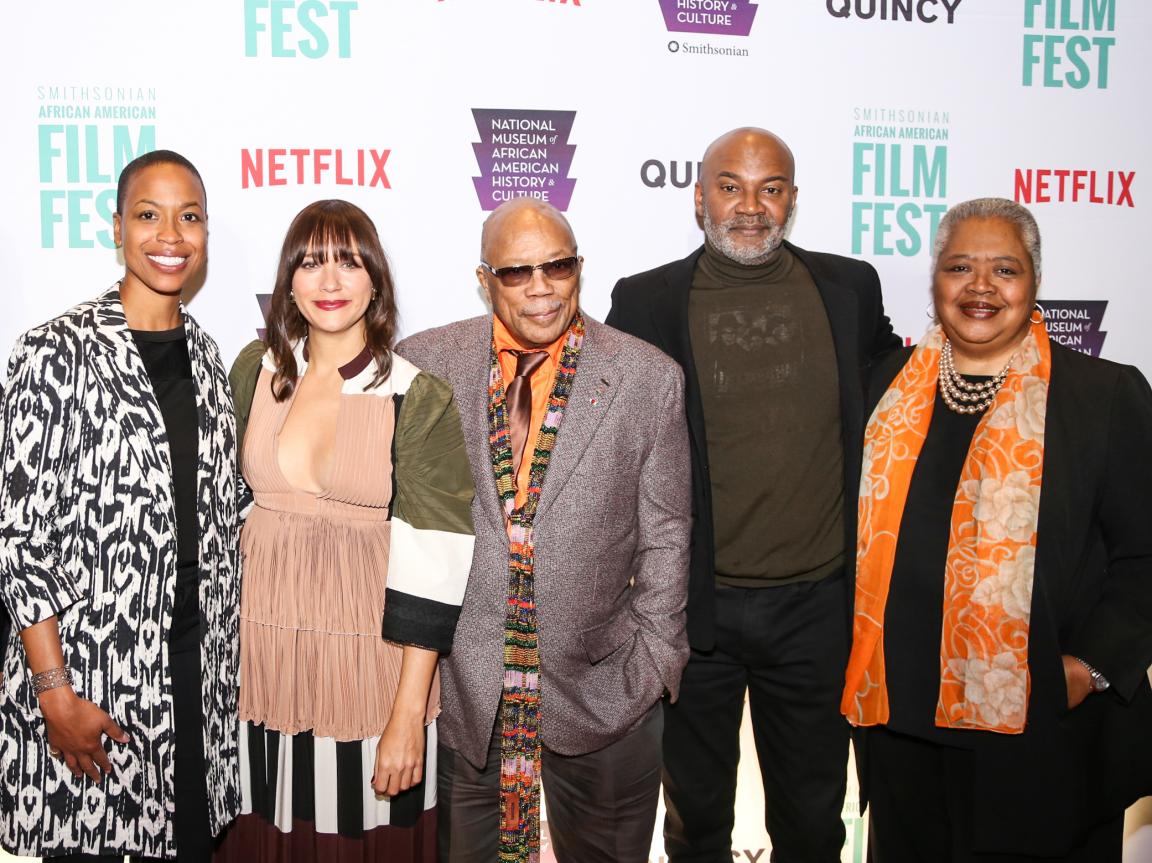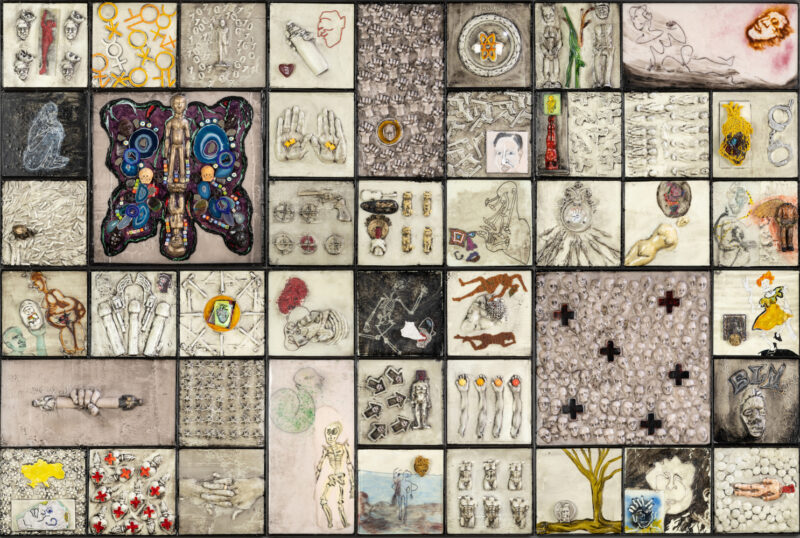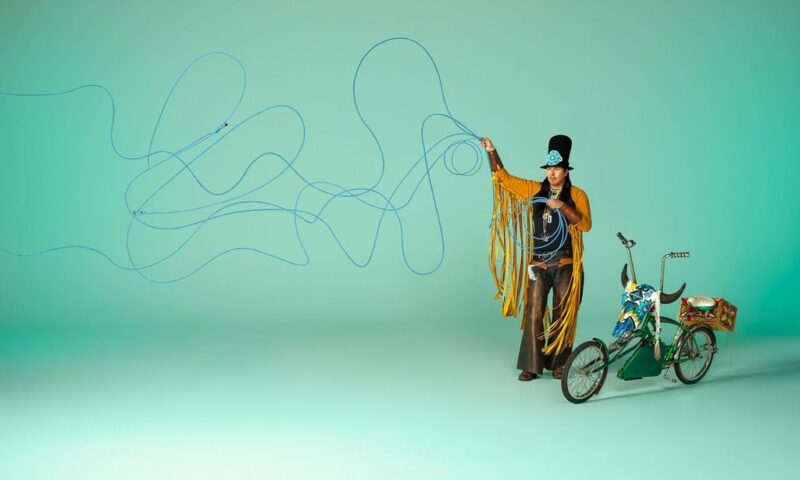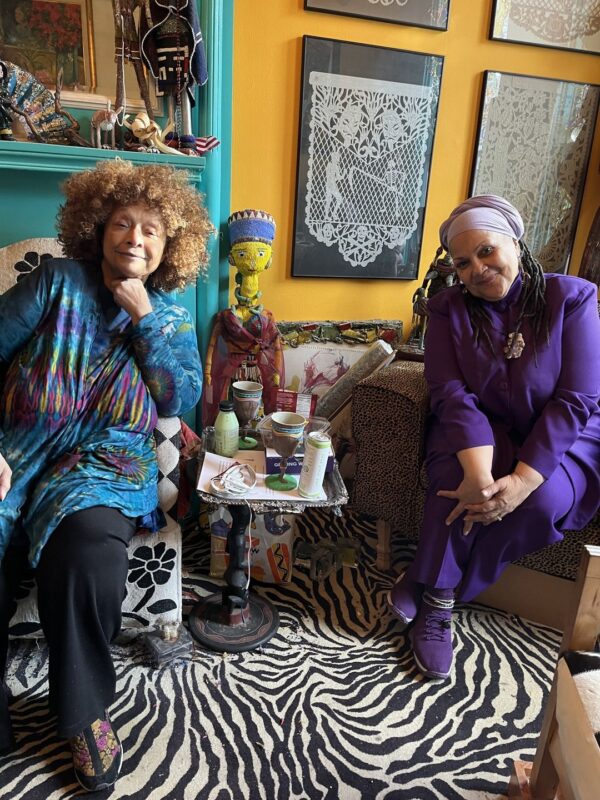Prior to joining the staff at NMAAHC, Combs taught visual culture, film, race and gender courses at Chicago State University, Lewis & Clark College, and Emory University. Additionally, Combs has independently and successfully curated film exhibitions nationally and internationally for the Schomburg Center for Research in Black Culture in New York City, Black Public Media, and the Institute of Contemporary Arts in London, to name a few.
She also worked as the assistant curator for the Spelman College Museum of Fine Art in Atlanta and as a pubic programs educator at the Chicago Historical Society (now Chicago Historical Museum). Combs received her Bachelor of Arts degree from Howard University, a Master of Arts degree from Cornell University, and a Doctorate from Emory University. Her writings have been featured in anthologies, academic journals, and exhibition catalogues on a range of topics including African American female filmmakers, black popular culture, visual aesthetics, filmmaking, and photography.
Combs will replace Brandon Fortune, who retired last spring as Chief Curator Emeritus after working at the National Portrait Gallery since 1987. The position has been renamed to reflect changing values at the institution and to show respect to Native American communities, but her role on the museum’s executive team and overseeing a team of curators, as well as the conservation department, will be consistent with the roles of past Chief Curators.
“We are delighted to welcome Rhea Combs to the National Portrait Gallery as the museum’s new director of curatorial affairs,” said Kim Sajet, director of the National Portrait Gallery. “Her impressive career has focused on the potential of history, art, and biography to spark meaningful conversations about contemporary culture while drawing on lessons of the past. I am especially excited to see how she will lead our talented curators to grow the collection and develop important and impactful exhibitions.”
“History makers, artists, and visitors—as we know—come from a variety of backgrounds and bring with them a range of perspectives,” said Combs. “It’s important to value and share different points of views in order to complicate various histories we share with our publics. I think the Portrait Gallery has been moving in this direction for a while and I want to help make sure we continue doing this. From a curatorial perspective it’s important to tell stories that challenge our understandings of history, expand notions of who we consider to be history makers, while also recognizing the central role artists from all walks of life play in that dynamic storytelling.”
The Portrait Gallery remains closed but there are a number of virtual programs underway.
